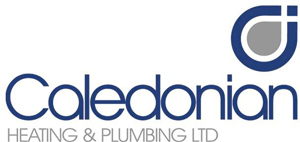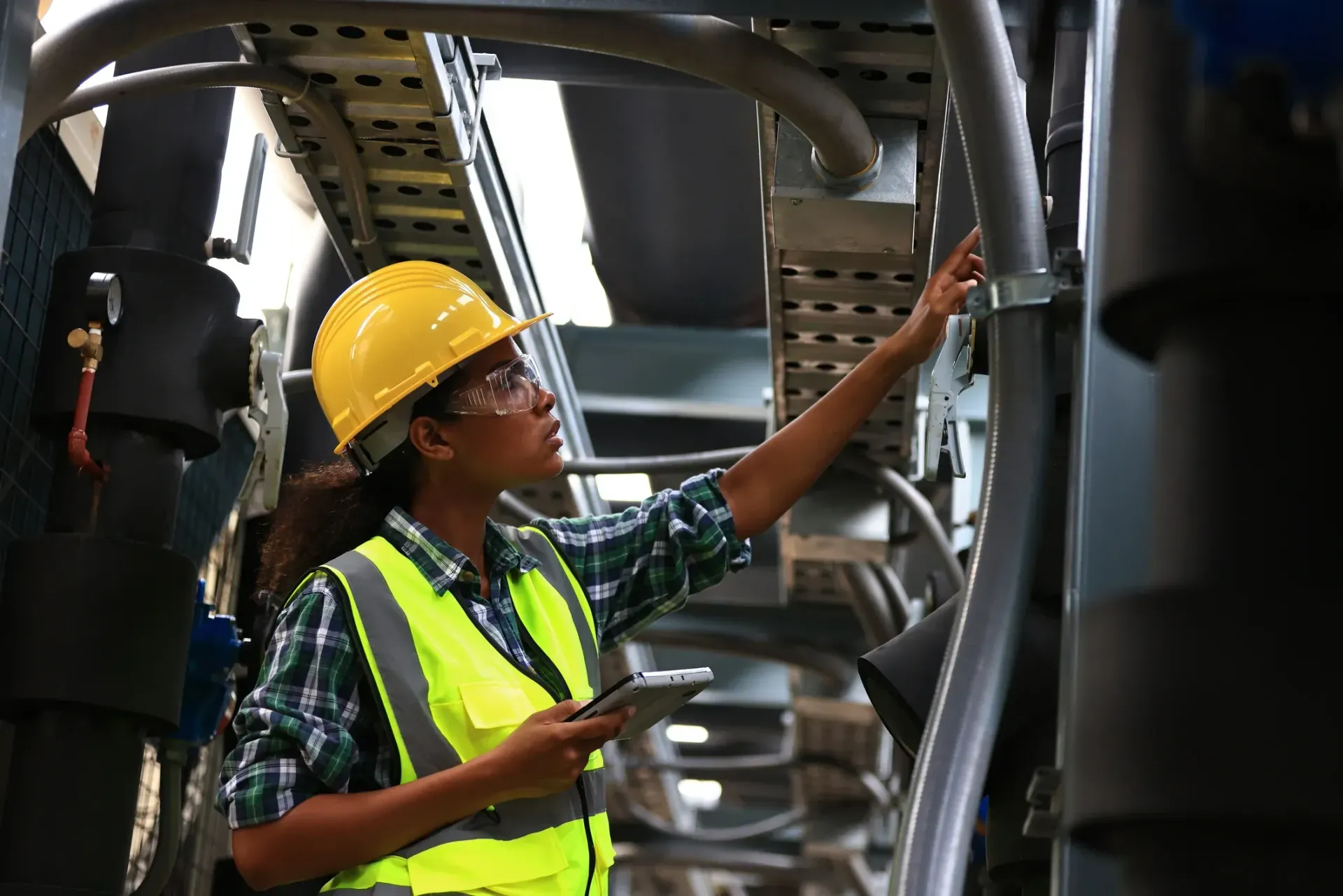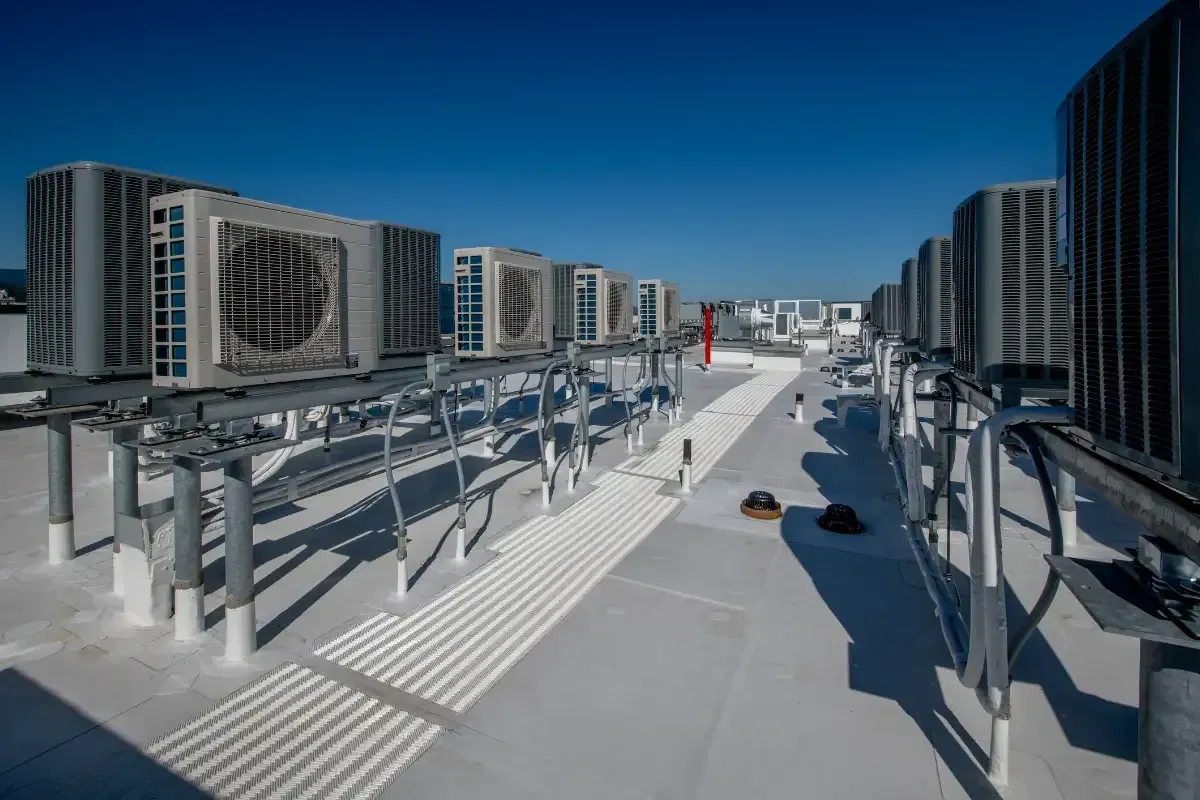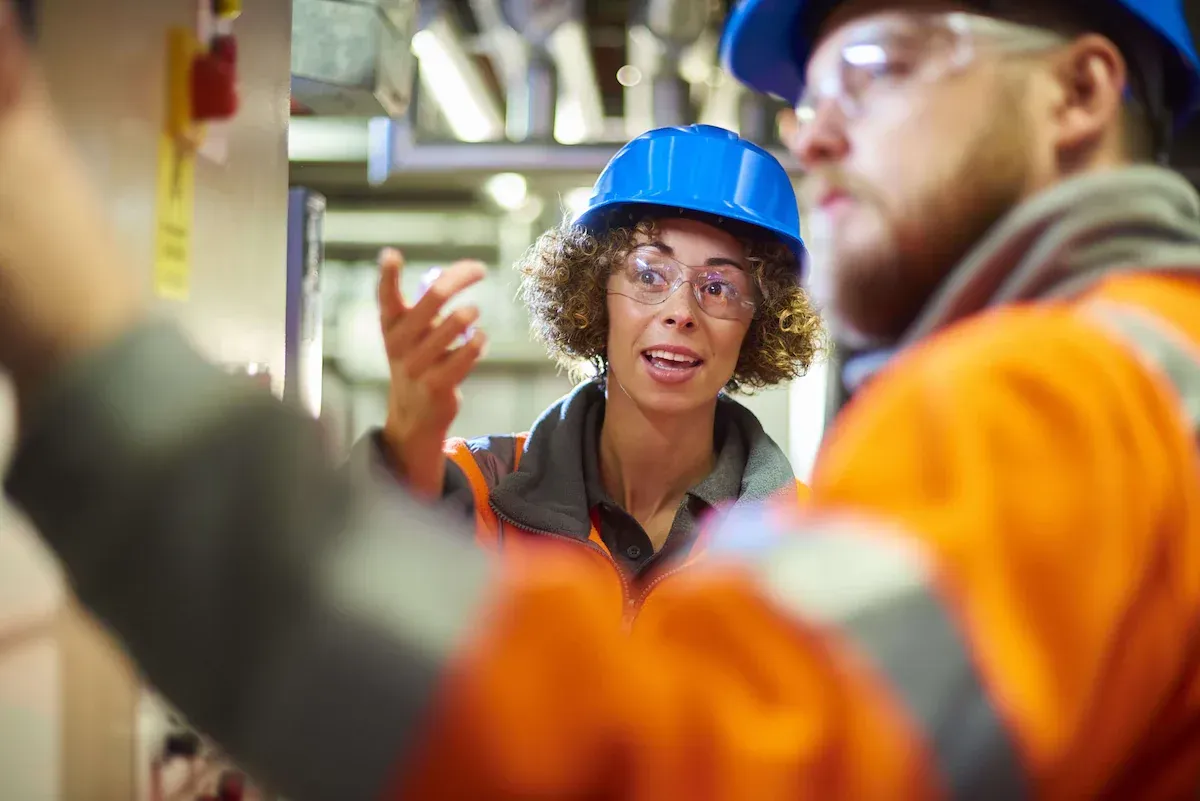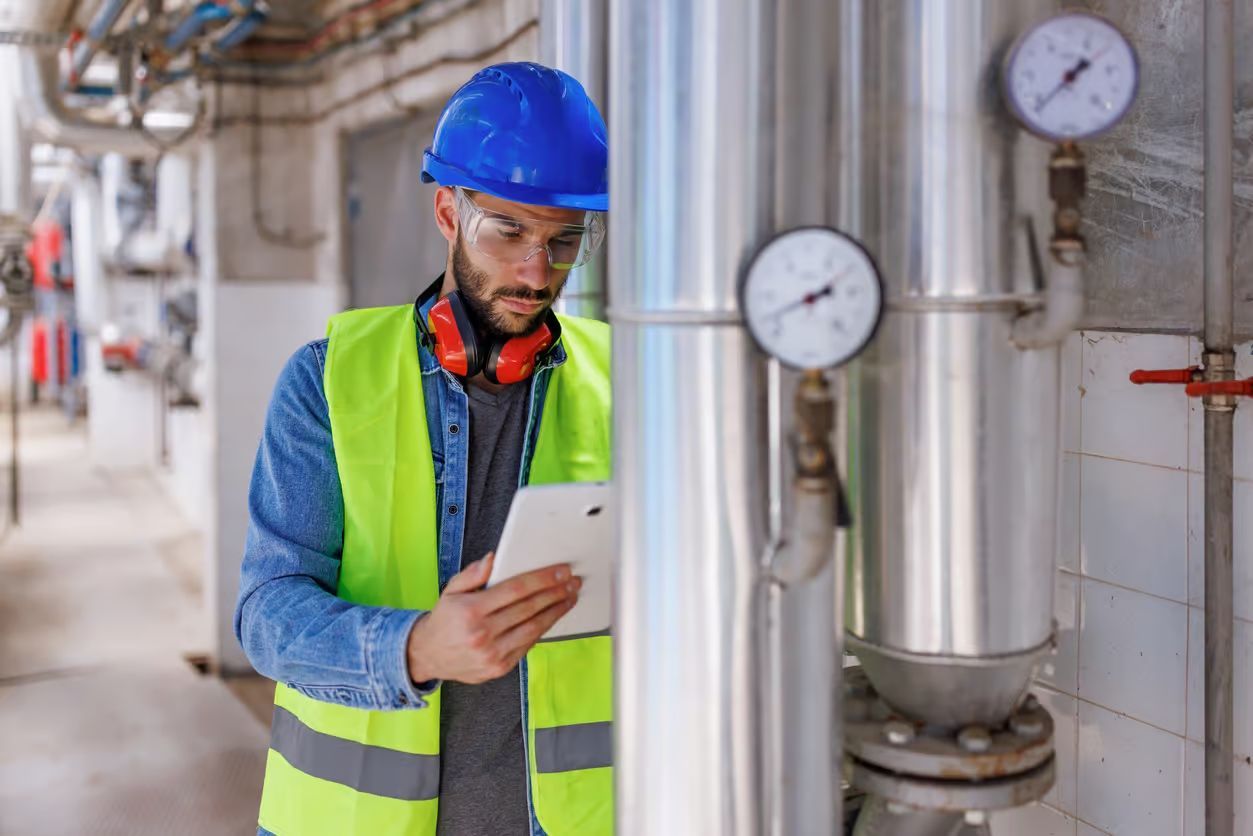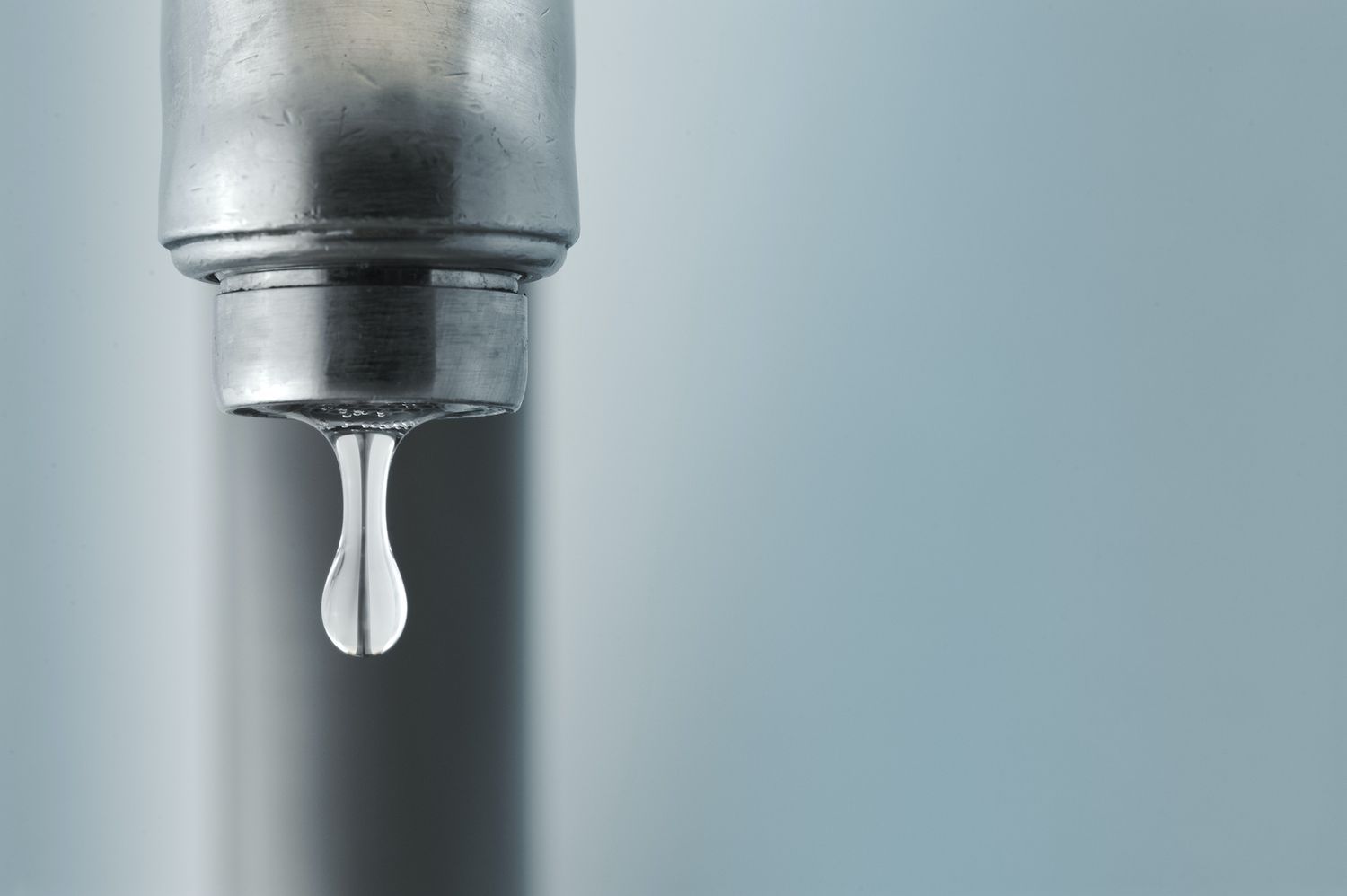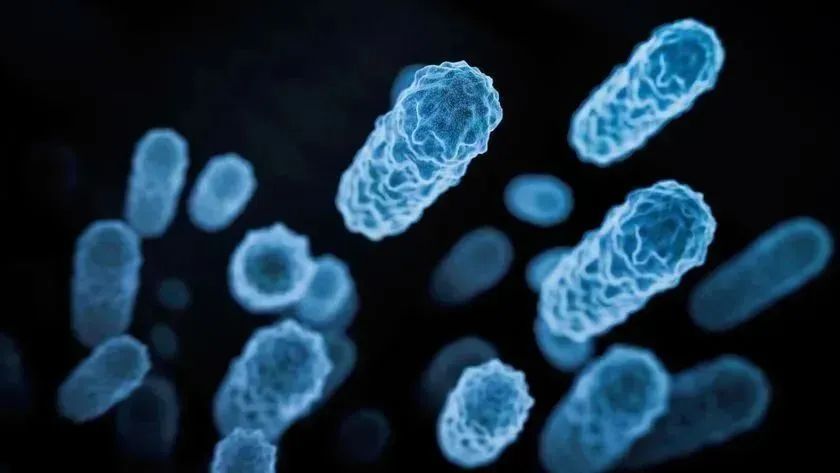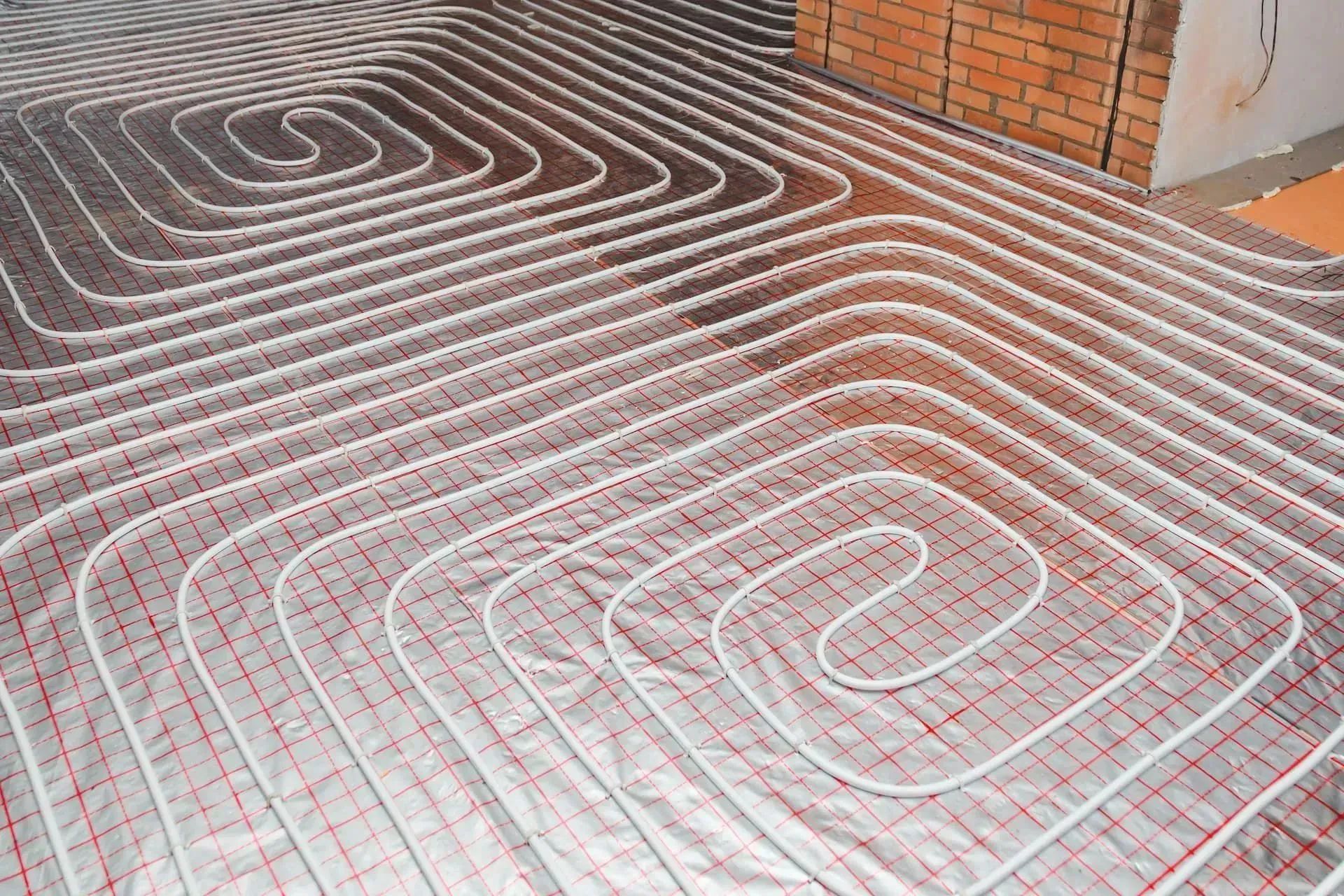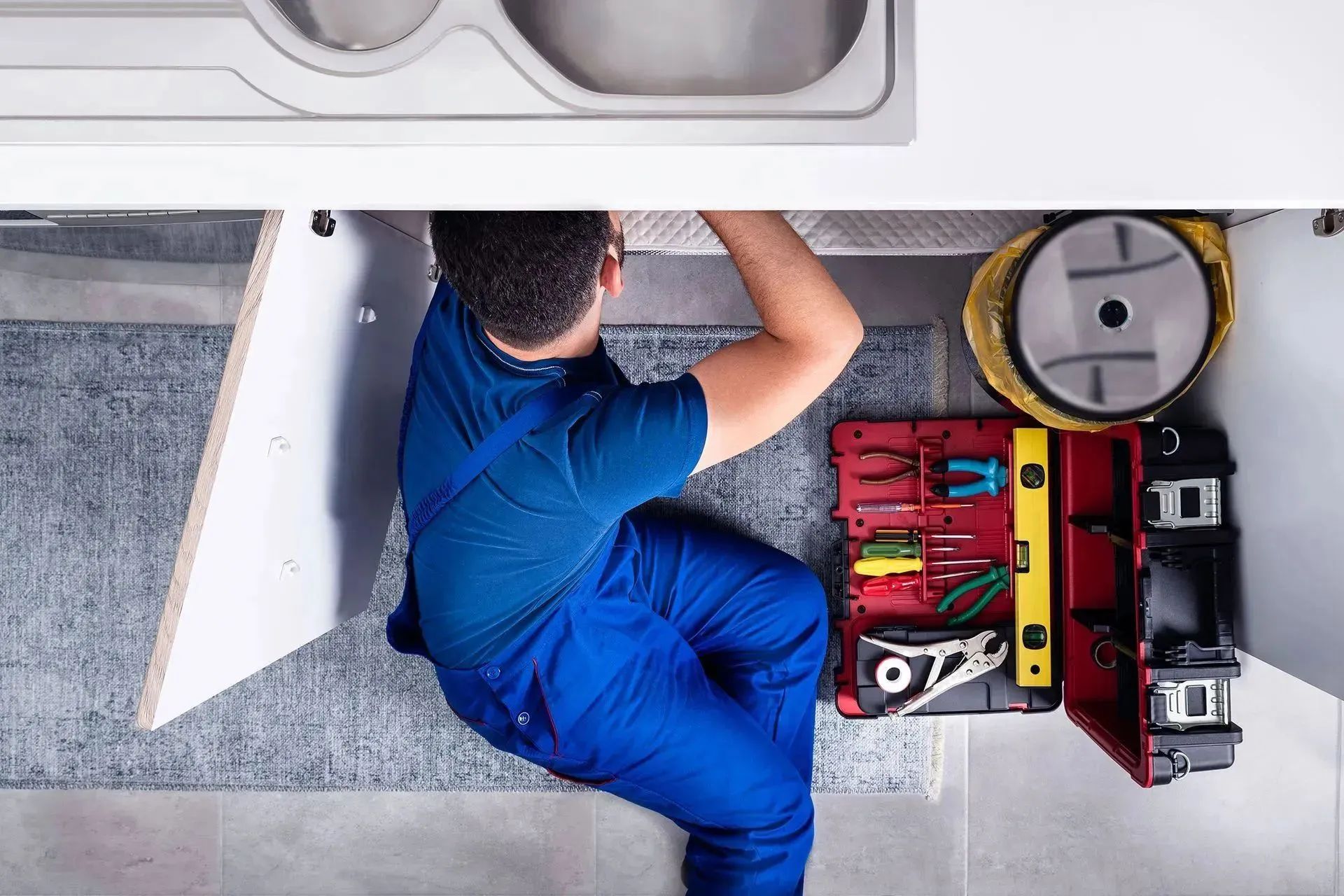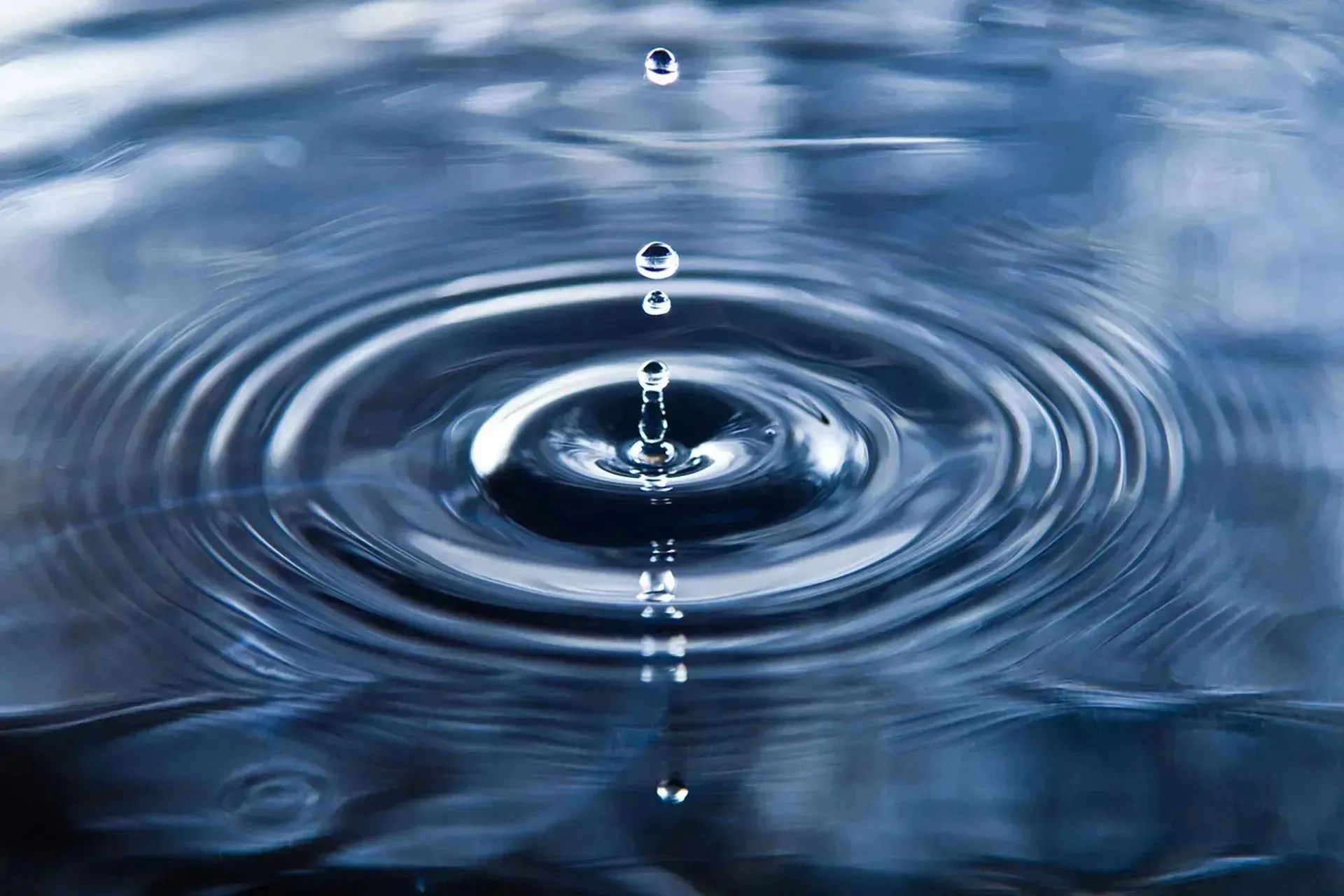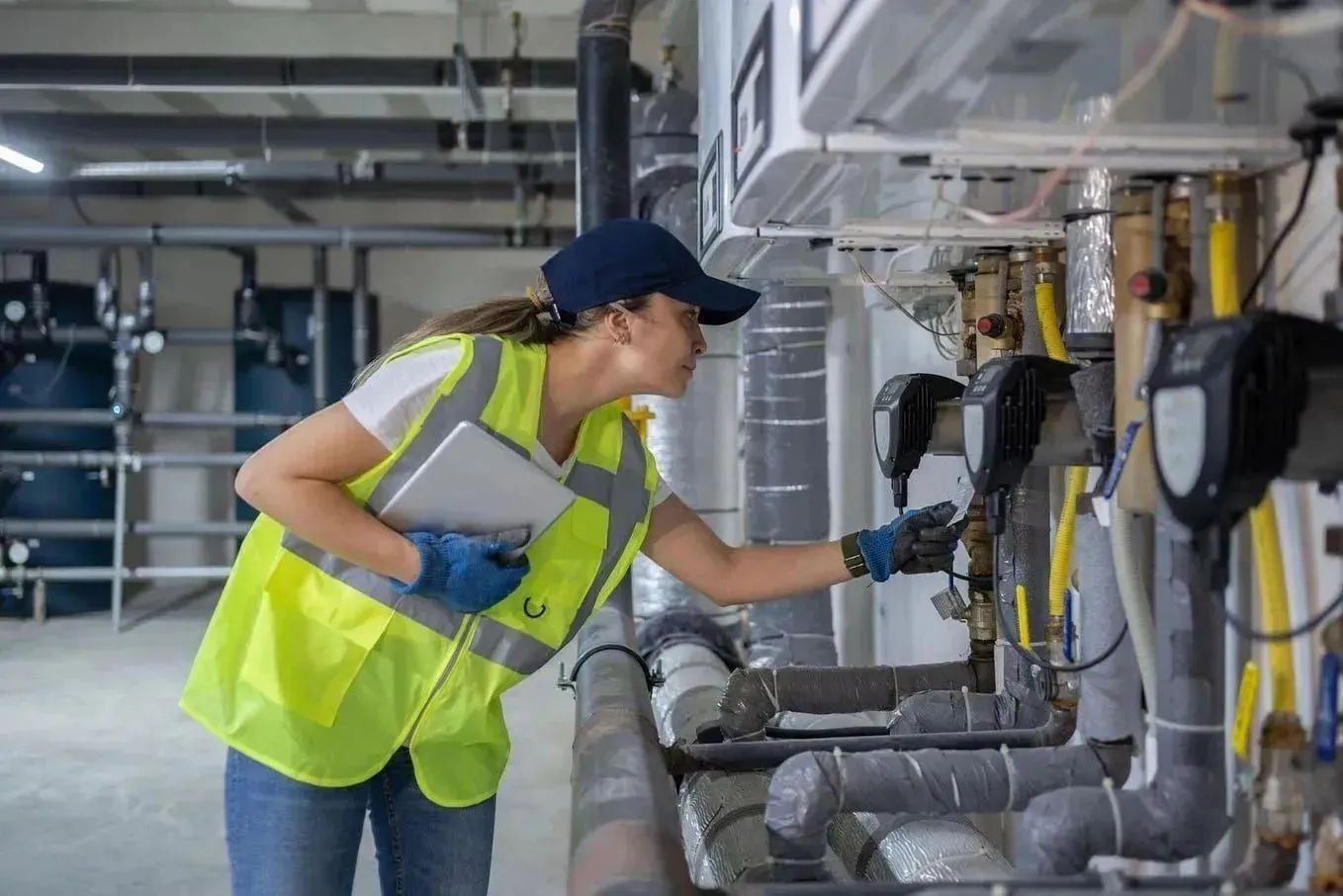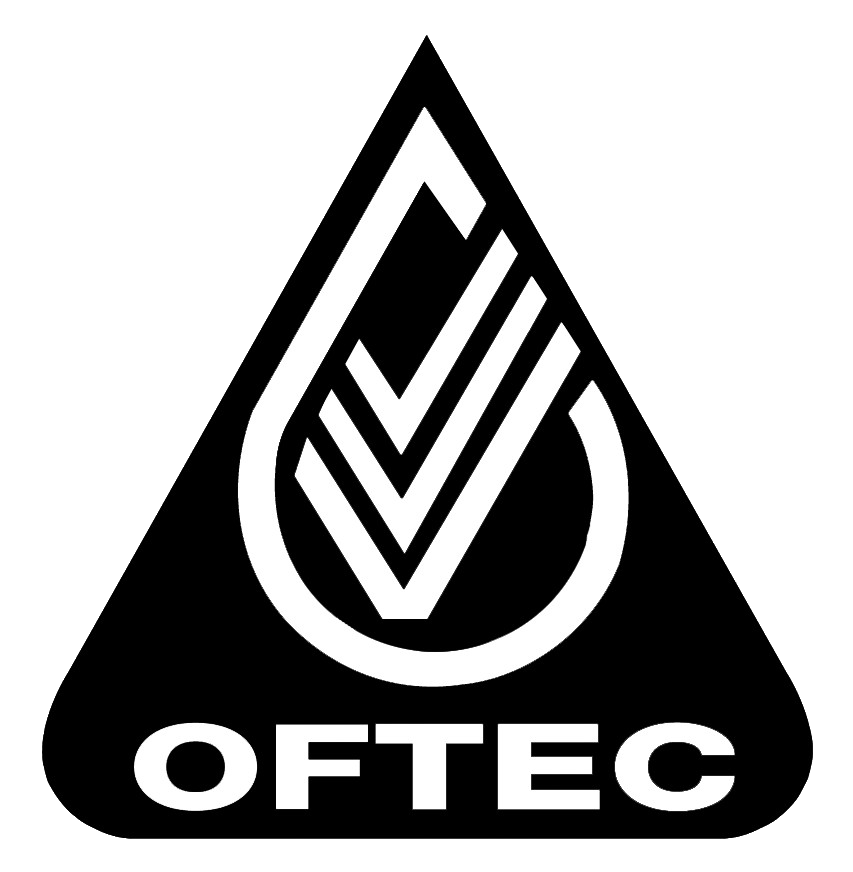What Can You Expect from Your Water Risk Assessment?
In commercial environments, a water risk assessment is an essential requirement. It is the duty of all employers, landlords or premise managers to understand and manage the risks of contaminants and bacteria in the water systems within their workplace.
To learn more about what this entails, including what a water risk assessment is, the bacteria it tests for and the procedure itself, along with why it’s so crucial to test for dangerous bacteria, we’ve put together this guide that outlines all you need to know.
What is a Water Risk Assessment?
A detailed water risk assessment is designed to identify potential issues and hazards within your commercial water systems. They are an essential component of industrial water management, as they not only allow you to identify and mitigate any issues, but are effective in helping you comply with local laws and regulations in regards to water quality standards.
This involves a physical survey of all water related plant and storage systems, which must be regularly reviewed.
This is a legal duty under the Health and Safety at Work Act 1974 (HSWA). As an employer or person in control of the premises, you must understand how to:
● Identify and assess sources of risk
● Manage any risks
● Prevent or control any risks
● Keep and maintain the correct records
● Carry out any additional duties you may have
Whilst it is your responsibility to identify and assess sources of risk, this can be undertaken in two different ways. You may carry out the assessment yourself if you are competent to do so, however if you are not, then this means that you should consult a separate competent person to carry out the assessment for you - this could be someone within your own organisation or from an external organisation that specialises in water testing.
What Does it Test for?
A water risk assessment primarily tests for the presence of legionella bacteria, though it will also check whether conditions are present that may encourage this bacteria to grow and multiply and whether specific equipment associated with your water system is likely to create a risk from exposure to this bacteria.
This includes looking at whether:
● The water temperature in all or some parts of your system is between 20–45°C
● Water is stored or re-circulated as part of your system
● There are sources of nutrients such as rust, sludge, scale, organic matter and biofilms present
● The conditions of your water system/specific equipment associated with the system are likely to encourage bacteria to multiply
● It’s possible for water droplets to be produced and, if so, whether they can be dispersed over a wide area
● It’s likely that any of your employees, residents, visitors etc. are more susceptible to infection due to age, illness, a weakened immune system etc., and whether they could be exposed to any contaminated water droplets
As for the specific equipment associated with your water system, this could include:
● Mains water systems
● Water storage containers
● Hot water systems (including storage cylinders)
● Pipework pumping systems
● Shower units
● Air conditioning systems
● Fountains
● Pools, spas and hot tubs
The Procedure
As for the process of undertaking a risk assessment itself, there are multiple facets to this. Firstly, there will be a review of your previous and existing records to check whether previous assessments have been made and to ensure that all the recommendations of any necessary remedial work or maintenance has been carried out following these assessments.
Once this has been completed, then the new assessment will take place. This involves an observational tour of your site, looking at all areas associated with your water system and where there is potential for aerosols to be produced. The findings of this will then be written up in a formal report.
There are six key areas that will be focused on in this report. These are:
- Assessing the risk level of individuals in the building
- Looking at how water is fed into both hot and cold water systems
- Recording water outlet temperatures
- The accessibility, insulation and covering of water tanks
- The type of system used for hot water and whether distribution pipes are adequately insulated
- Identifying additional areas of risks
Following on from the findings in this report, remedial actions or maintenance may be recommended where improvements could be made. These recommendations should be acted on accordingly (there may be an advised timeframe also given for when this work should be carried out by), and any remedial works will need to be recorded in a logbook and followed up with periodic checks and maintenance.
Alternatively, it may be concluded that there is no reasonable foreseeable risk or the risks are low and already being properly managed, in which case the assessment is complete.
Whilst it was initially recommended that these risk assessments be conducted every two years, current legislation advises that they should be arranged ‘when there is reason to suspect [an existing risk assessment] is no longer valid’.
This means an assessment should be carried out whenever there is a:
● Change in use of the building where the water system is located
● Change in the water system itself
● Change of key personnel within the company/building management
● Change from the building being unoccupied to occupied
● New update in relevant legislation
● Reported case of Legionnaires’ disease (the disease caused by the presence of legionella in water)
Why is it so Crucial to Mitigate the Risks of Legionella Growth?
What is Legionella?
As we’ve already mentioned, one of the key risks a water risk assessment looks at is the potential for legionella growth. But what exactly is this bacteria?
Legionella is a type of bacteria that is commonly found in natural water sources, including rivers, lakes and reservoirs, although usually in low numbers. However, it may also be found in purpose-built water systems that are used in buildings.
Some strains of this bacteria, notably legionella pneumophila, are known to be pathogenic to humans, and, while don’t usually cause illness if present in water that is consumed, can cause a respiratory illness known as Legionnaires’ disease if inhaled in droplet form.
What is Legionnaires’ Disease?
Legionnaires’ disease is the most serious form of legionellosis - a collective term for diseases caused by legionella.
It is a form of pneumonia, or lung infection, that is contracted by inhaling droplets of water that contain legionella bacteria. Since the disease is contracted through water in aerosol form, you are most likely to get it in commercial settings from things like air conditioning systems, humidifiers, spa pools/hot tubs or taps and showers that are not often used.
Symptoms of Legionnaires’ disease include:
● Coughing
● Shortness of breath
● Chest pain or discomfort
● A high temperature
● Flu-like symptoms
This can be a very serious disease that requires treatment in hospital and, in some cases, can even be fatal, hence why it’s imperative that you undertake sufficient water risk assessments to mitigate the risks of personnel in your building contracting Legionnaires’ disease - even more so because you are the one who would be held liable if an individual contracts the disease as a result of poor industrial water management on your behalf.
Furthermore, if there is a contaminated water source and this is not properly identified and treated, then the bacteria is likely to continue to spread, putting more people at risk. It is your duty of care to prevent this from happening.
Water Treatment Services at Caledonian Heating & Plumbing Ltd
Here at Caledonian Heating & Plumbing Ltd, we understand the importance of sufficient industrial water management and everything that comes with ensuring as such. That’s why we offer a number of water treatment services.
Our water management services include water monitoring, legionella control, tank cleaning and chlorination, risk assessments and general management and maintenance of all hot and cold water services. Whichever of these services you require, we offer tailor-made water management contracts to all our customers.
Operating to the highest regulatory standards, including the current ACOP L8 standards, you can rest assured that our water risk assessments are comprehensive and concise. We will also be able to help you with any recommended remedial or corrective work that is advised following this assessment.
Are you worried that there is legionella present in your water system? We also offer legionella testing as part of our services. As specialists in dealing with legionella, you can trust our expertise.
To arrange legionella risk assessments or testing for the water system(s) in your building, then don’t hesitate to
get in touch with us today.
